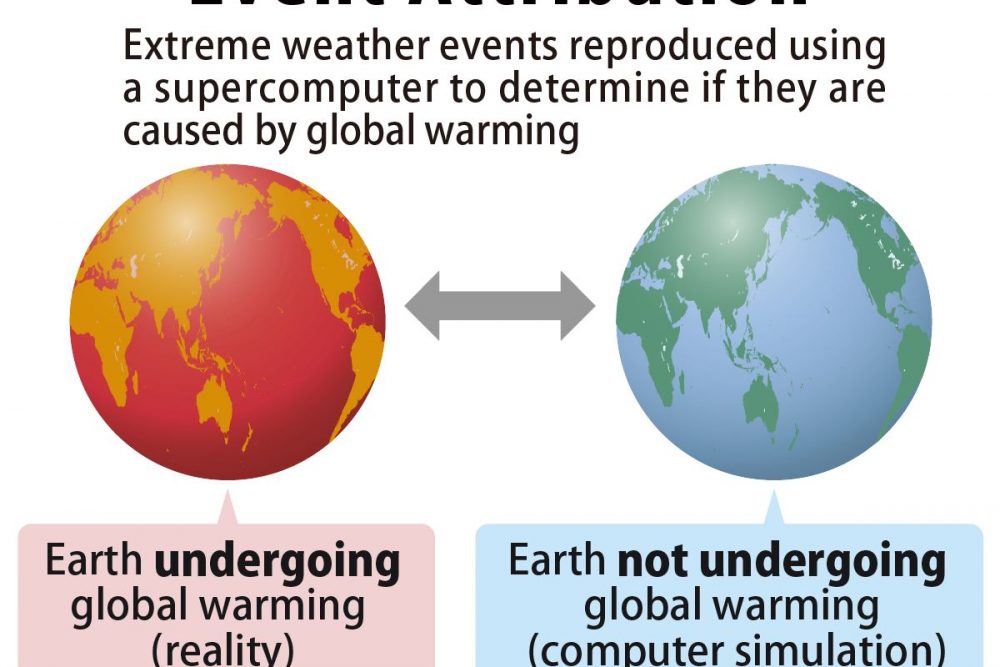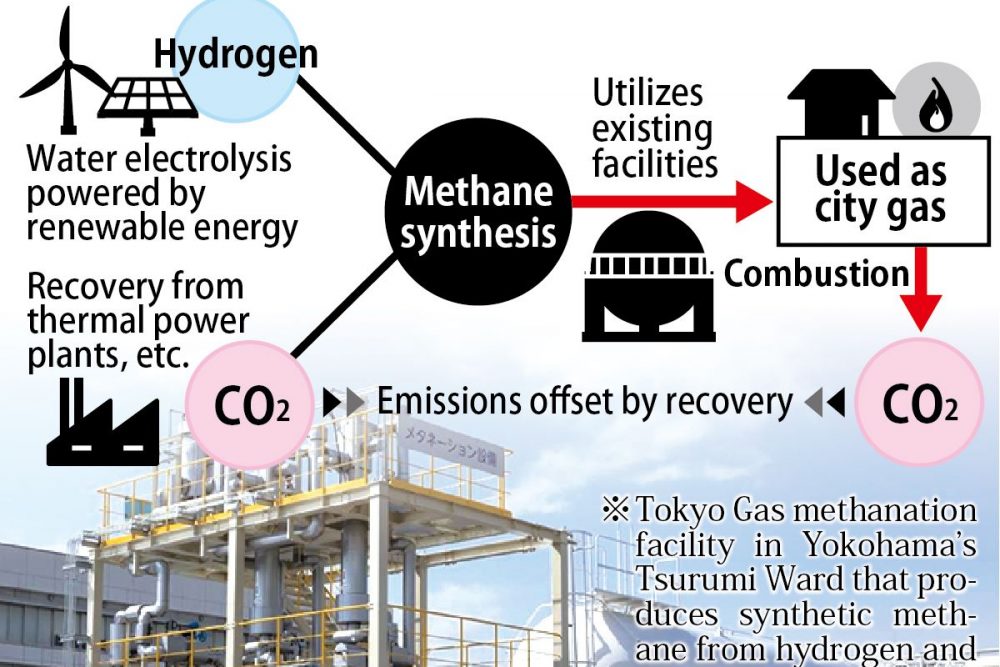EDITORIAL | COP29: Make the Biggest Polluters Do More on Climate Change
COP29 must secure the cooperation of the biggest greenhouse gas emitters — China, US, and India — to make progress in the global warming economic war.
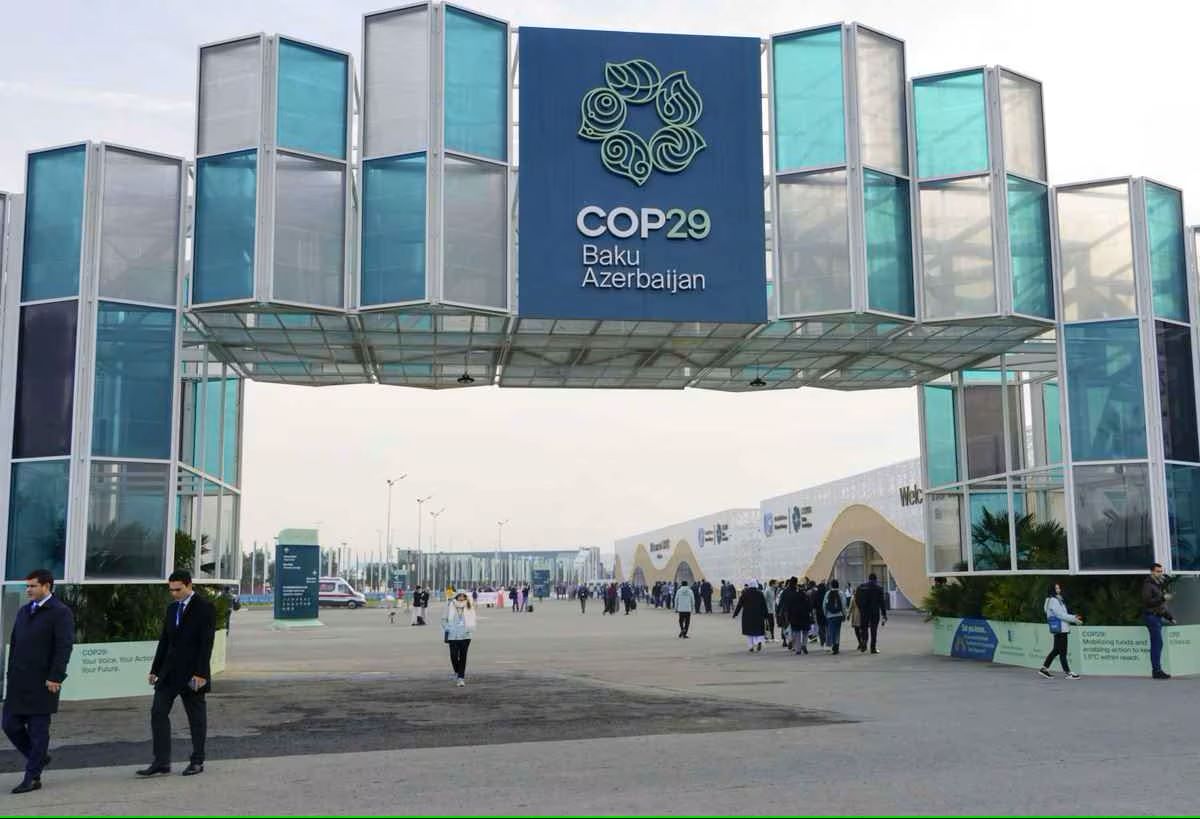
このページを 日本語 で読む
On November 11, the 29th Conference of the Parties to the United Nations Framework Convention on Climate Change (COP29) began in Azerbaijan, a country located on the western shore of the Caspian Sea. It will run for 12 days.
As temperatures continue to rise, the global average temperature in 2024 is again set to exceed that of the preceding year. Weather disasters ― such as extreme heat, drought, and floods ― are occurring frequently around the world.
Parties to the United Nations initiative have sought to limit the rise in global temperature to less than 1.5 degrees Celsius. That measure is compared to pre-industrial levels. However, information has been released in advance indicating that this target level will be exceeded in 2024.
Given these circumstances, COP29 will likely require member states to increase their targets for reducing greenhouse gas (GHG) emissions. Those include carbon dioxide.
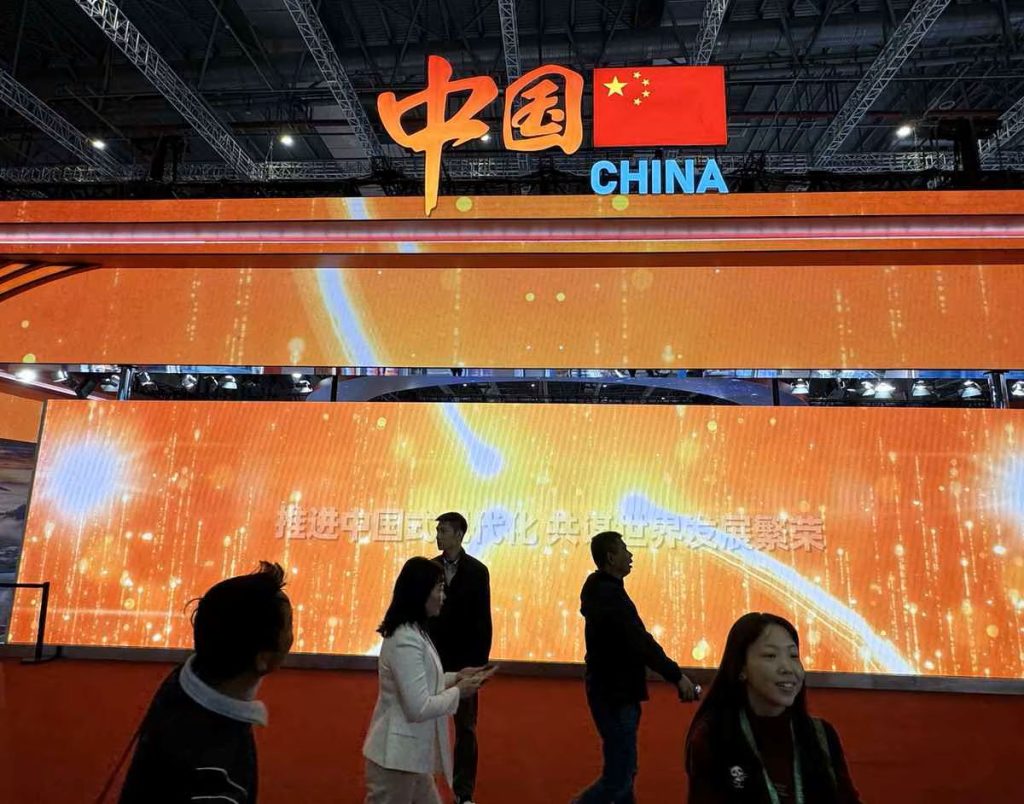
China's Big Polluting Role
Also, member countries are expected to review their reduction targets every five years. The next UN deadline for submitting new targets for 2035 is fast approaching ー in February 2025. COP29 is likely to be contentious, with developed countries under pressure to increase their cuts.
Meanwhile, increasing the contributions to the "climate fund" set up to help developing countries is also a major agenda topic.
Developing countries are vulnerable to global warming and abnormal weather events resulting from it. They have long called for international funding for disaster prevention projects. Along with this, they advocate for international help in decarbonizing their societies and economies. This demand is based on the perception that global warming is a disaster caused by industrialization in developed countries. They view themselves as victims in that process.
One factor that cannot be overlooked here is the role of China. Currently, China is the largest emitter of GHG emissions, accounting for 32% of the world's emissions. Although it has an economy and military power second only to the United States, it is classified as a "developing country" under the United Nations Framework Convention on Climate Change.
When it comes to the issue of global warming, China is acting as if it represents fund recipients, not as a member of the donor side.
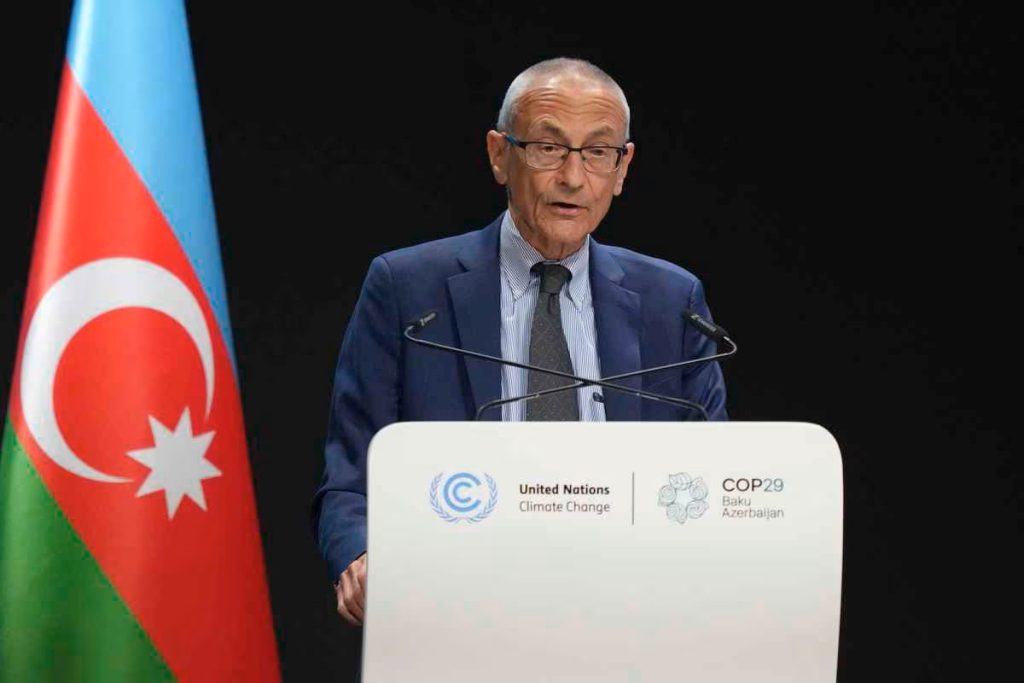
How to Meet Reduction Goals
Meanwhile, Japan produces less than 3% of the world's GHG emissions. Therefore, even if Japan were to make an all-out effort to cut the current level of its emissions in half, the global total would only fall by 1.5%.
Japan's current target is a 46% reduction of GHG emissions by fiscal 2030 (compared to fiscal 2013). However, this is difficult to achieve with the number of nuclear power plants declining and restarting at a snail's pace. If the reduction target is raised any further, it will probably be necessary to correct the shortfall through costly overseas emissions trading.
America is transitioning to the Trump administration, which clearly intends to emphasize the use of fossil fuels. Therefore, the possibility of the US withdrawing from the COP is becoming very real. The issue of global warming has also become an economic war centered on greenhouse gasses.
COP negotiations are far from being exercises in idealism. If we forget the reality of the intersection of every country's national interests, Japan's future will be in jeopardy.
RELATED:
- EDITORIAL | Is Japan Ready for Multiple Disasters Happening All at Once?
- Was COP28 more 'World Expo' than Climate Conference?
- EDITORIAL | Declare 'Climate and Disaster Prevention Day,' Save Lives
Author: Editorial Board, The Sankei Shimbun
このページを 日本語 で読む






